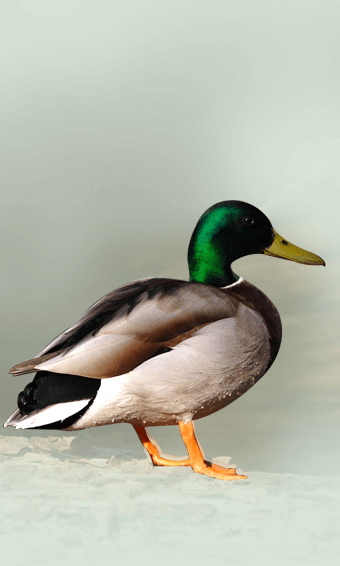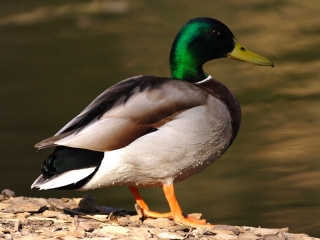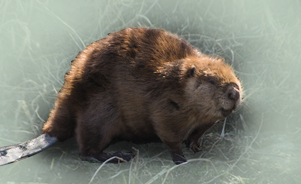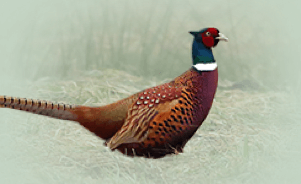The Mallard Anas platyrhynchos

Features
The mallard is the most common, most famous and, for many, the most beautiful duck. It is the predecessor of domesticated duck species. The mallards are social birds, which are active during the day and like to mingle in flocks. They feed predominantly on aquatic plants and aquatic invertebrates.
| Species | Bird |
| Living space | Pond, Swamp |
| Size | 50 - 60 cm |
| Weight | 0,72 - 1,6 kg |
Description
The females are easily identifiable and irreplaceable. They have a yellow beak, a metallic dark green head, a white ring around their necks, violet-colored necks and chests, and light gray bellies and hips. Their backs and wings are darker gray, and their mid-tail feathers are turned upwards. The female is of a protective brown colour. Her beak is black and orange. After mating, the males lose their feathers. During this time, they look very similar to the females, but can be recognized by their greenish yellow beaks. The mallards do not swim underwater, but they are often seen grazing in shallow water with the front part of their bodies dipping under the surface to reach the bottom with their beak. Just as they master the surface of the water they float on, they also fly well, even at night. Their wingspan is between 80 cm and 100 cm.
Features Temenica (3)
SPECIAL ogr.




